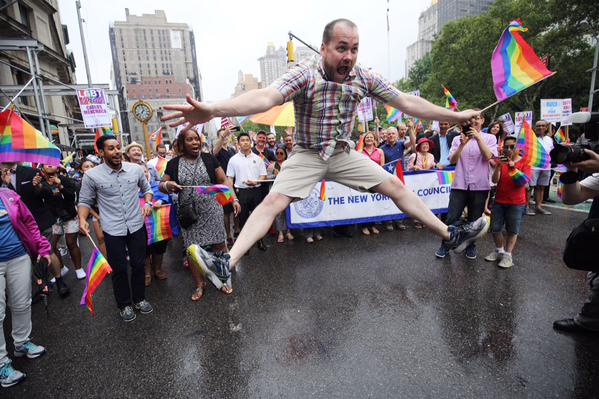
Borough President Antonio Reynoso and northern Brooklyn Councilmember Lincoln Restler are demanding an end to minimum parking requirements for new construction in transit-rich areas.
When a developer seeks a rezoning to build taller developments, they’re often forced to build off-street parking — which is designed to reduce the impact that new construction has on parking in the neighborhood.
But now, the group of electeds signed a petition letter calling on the Department of City Planning (DCP) to fully waive parking constraints for all residential developers of any rezoning projects in public transit-rich areas.
The representatives aim to disincentivize people living in areas with access to subways and buses from using and buying cars, with the intention to reduce carbon emissions and improve the “borough’s urban fabric” — all while providing developers with the option to redirect space toward construction of more affordable housing, said Restler in an exclusive to the Brooklyn paper.
“The accessory parking in buildings on key mixed-use corridors like Fourth Avenue, Flatbush Avenue, and Fulton Street disrupt our borough’s urban fabric, making our City less affordable, less walkable, and incentivizes car ownership,” read the electeds’ letter to the DCP. “The last place we need developers to build accessory parking is in areas with substantial access to public transportation. We need to reduce car ownership in our city, and requiring new parking within close proximity to public transit has the opposite effect.”
Restler pointed to one 28-unit rising project just outside the Bedford subway station, which includes 14 required parking spots on the ground level — saying that, in addition to other problems, such requirements often make the construction “drab, dark, and lifeless.”
“Because below-grade parking is so expensive to construct, many developments across the city do so on the ground-floor, leading to drab, dark, lifeless streets rather than dynamic ground floor retail and community facility spaces that generate jobs and fulfill critical neighborhood’s needs,” said a statement from Restler on Monday.
Even though there are many businesses around the crossroad of Bedford Ave. and North Seventh Street, it is not confirmed that the new building will have commercial spaces.
Within slightly over 2 square miles, Williamsburg residents have access to the four bus lines and seven subway stations.
“This is an example of an area that doesn’t need more parking, doesn’t need more cars, for sure,” said Reynoso. “So it’s a model development for us to use as a first shot at showing people that parking requirements should not be used here. Also, I think the most important thing is that the parking requirements being removed, allows for more housing to be built. It makes the projects less expensive. It also makes it so that instead of taking down, you can build up, so we got more housing out of this proposal.”






















